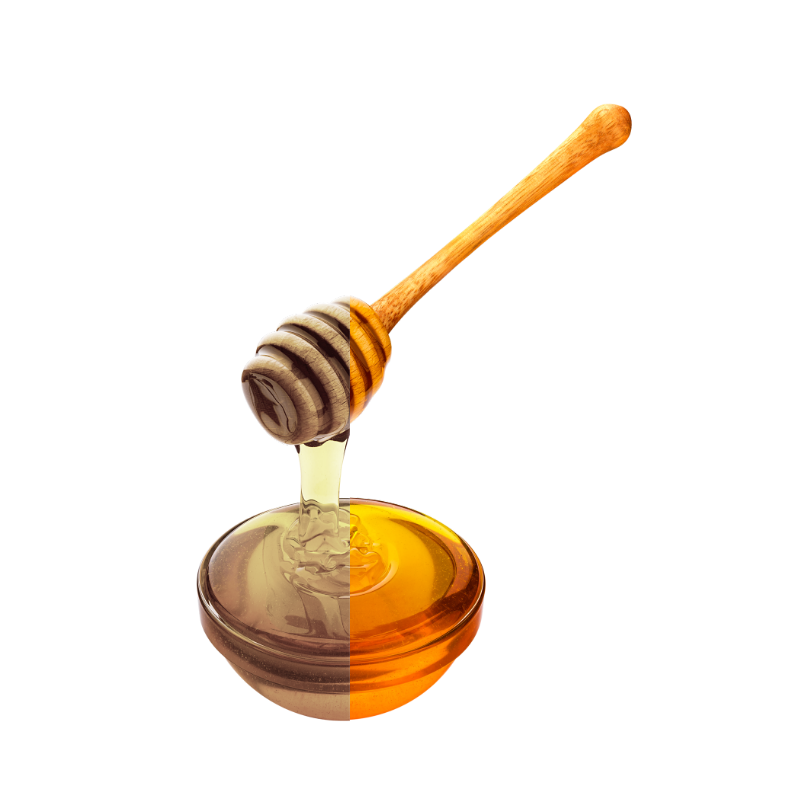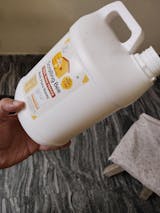
I'm writing to express my disappointment with my recent experience with Scrolling Bee. Upon receiving my third order, I was dismayed to find sugar residue at the bottom of the bottle and honey container. This has led me to question the authenticity of the honey. Unfortunately, I will not be placing any further orders or recommending this company due to concerns about adulteration.
Sir in Honey only asking and caring for crystallization and seeing glucose particles may not be the right approach - When you are judging the quality of honey you should also consider:
1. Is the honey raw or not?
2. How much moisture is there in honey? More moisture means honey can ferment.
3. Because moisture is bad for honey – MNC companies reduce it by heating it.
4. Heated honey quality is not good.
5. MNC companies pay fix amount to beekeepers when they buy honey from them and because of this reason they don’t have right interests in extracting low moisture honey.
6. Low moisture means bees evaporate the moisture and this is a time-consuming but the right method.
7. When we do beekeeping, we maintain low moisture as we have to sell honey directly to our customers.
8. Some types of honey have crystallization properties and they remain crystalized even with low moisture, because of the glucose-fructose ratio in the honey
Very impressed by the quality of the honey, I m here to purchase again 😌
I can't think a day with out this honey....proper raw honey.






